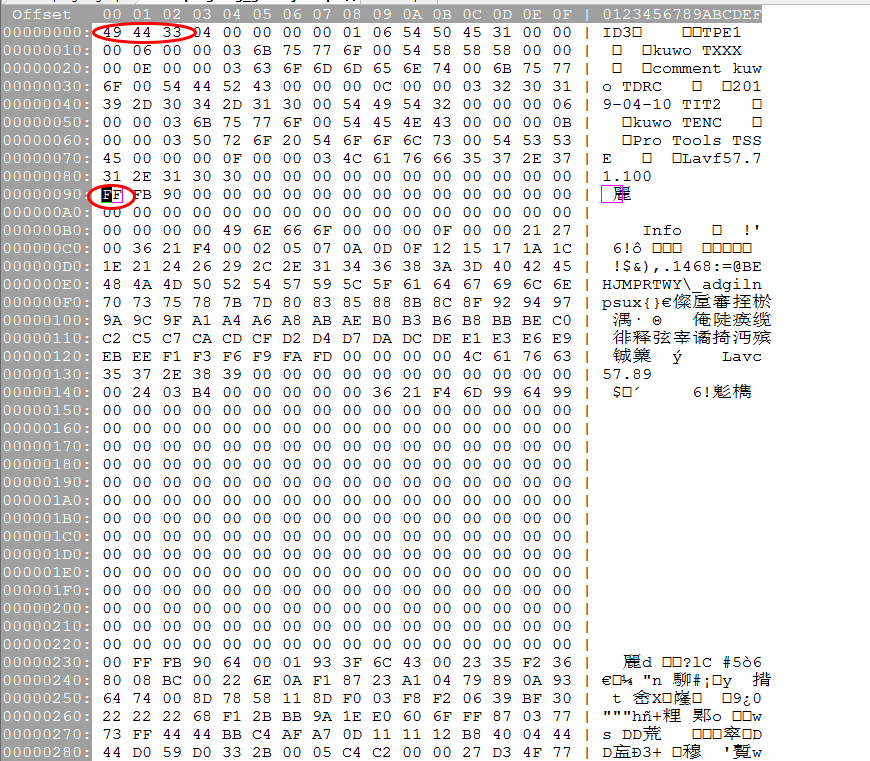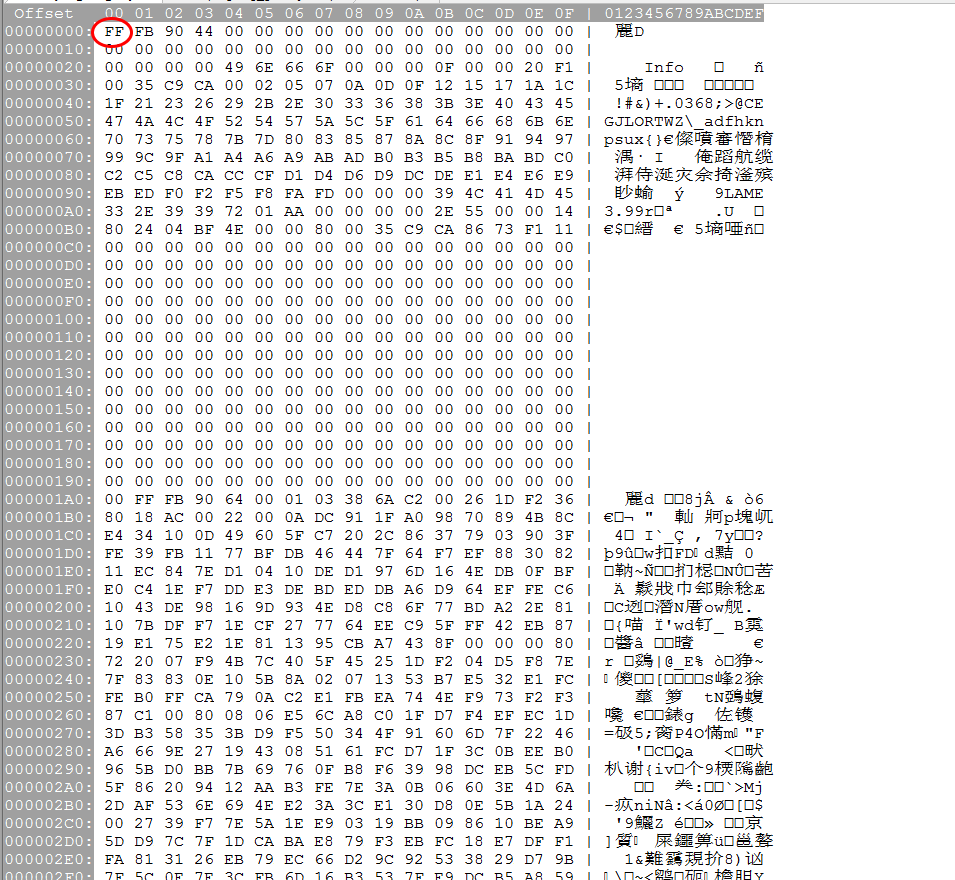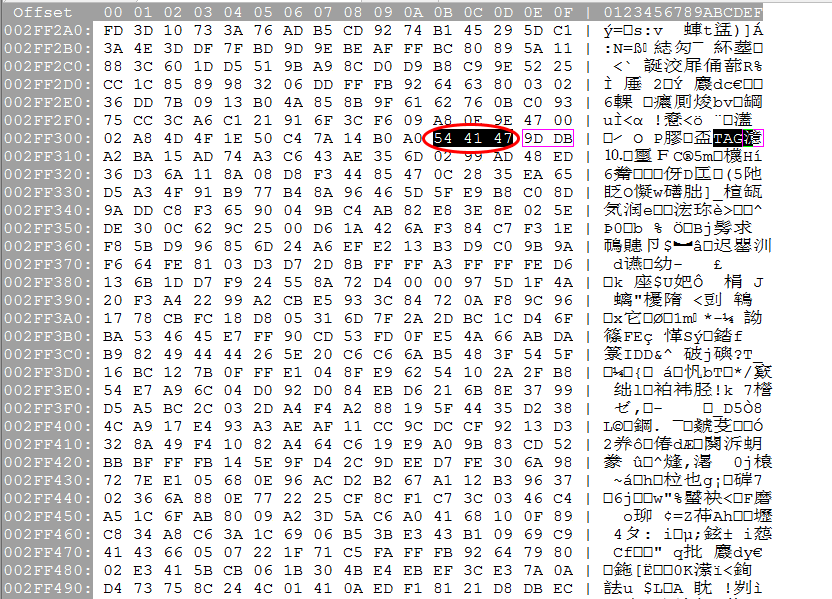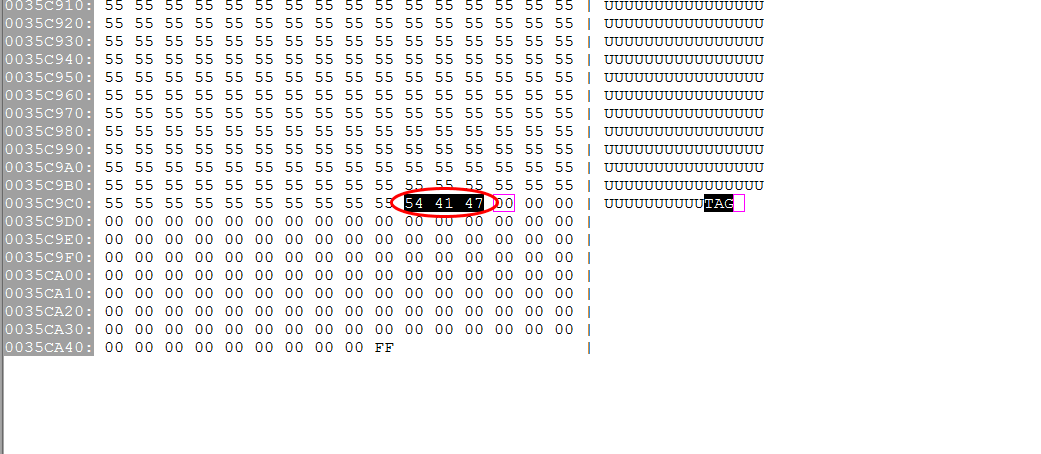一:http发送mp3代码:
import java.io.File; import java.io.IOException; import java.nio.charset.Charset; import org.apache.http.HttpEntity; import org.apache.http.client.methods.CloseableHttpResponse; import org.apache.http.client.methods.HttpPost; import org.apache.http.entity.mime.MultipartEntityBuilder; import org.apache.http.entity.mime.content.FileBody; import org.apache.http.impl.client.CloseableHttpClient; import org.apache.http.impl.client.HttpClients; import org.apache.http.util.EntityUtils; public class HttpPostMp3Test { public static void upload(String localFile, String url_str) { CloseableHttpClient httpClient = null; CloseableHttpResponse response = null; try { httpClient = HttpClients.createDefault(); // 把一个普通参数和文件上传给下面这个地址 是一个servlet HttpPost httpPost = new HttpPost(url_str); // 把文件转换成流对象FileBody FileBody bin = new FileBody(new File(localFile)); HttpEntity reqEntity = MultipartEntityBuilder.create() // 相当于<input type="file" name="file"/> .addPart("file", bin).build(); httpPost.setEntity(reqEntity); // 发起请求 并返回请求的响应 response = httpClient.execute(httpPost); System.out.println("The response value of token:" + response.getFirstHeader("token")); // 获取响应对象 HttpEntity resEntity = response.getEntity(); if (resEntity != null) { // 打印响应长度 System.out.println("Response content length: " + resEntity.getContentLength()); // 打印响应内容 System.out.println("Response content : " + EntityUtils.toString(resEntity, Charset.forName("UTF-8"))); } // 销毁 EntityUtils.consume(resEntity); } catch (Exception e) { e.printStackTrace(); } finally { try { if (response != null) { response.close(); } } catch (IOException e) { e.printStackTrace(); } try { if (httpClient != null) { httpClient.close(); } } catch (IOException e) { e.printStackTrace(); } } } public static void main(String[] args) { HttpPostMp3Test.upload("D:\\video\\test3.mp3", "http://localhost:9030/api/mp3"); } }
二:录音保存成mp3文件代码:
import java.io.File; import java.util.Scanner; import javax.sound.sampled.AudioFileFormat; import javax.sound.sampled.AudioFormat; import javax.sound.sampled.AudioInputStream; import javax.sound.sampled.AudioSystem; import javax.sound.sampled.DataLine; import javax.sound.sampled.TargetDataLine; public class SoundRecordingTest { AudioFormat audioFormat; TargetDataLine targetDataLine; public static void main(String args[]) { new SoundRecordingTest(); } public SoundRecordingTest() { System.out.println("y开始n结束"); @SuppressWarnings("resource") Scanner input = new Scanner(System.in); String Sinput = input.next(); long testtime = System.currentTimeMillis(); if(Sinput.equals("y")){ captureAudio();//调用录音方法 } @SuppressWarnings("resource") Scanner input_2 = new Scanner(System.in); String Sinput_2 = input_2.next(); if(Sinput_2.equals("n")){ targetDataLine.stop(); targetDataLine.close(); } System.out.println("录音了"+(System.currentTimeMillis()-testtime)/1000+"秒!"); } public void captureAudio() { try { audioFormat = getAudioFormat();// 构造具有线性 PCM 编码和给定参数的 AudioFormat。 DataLine.Info dataLineInfo = new DataLine.Info(TargetDataLine.class, audioFormat); // 根据指定信息构造数据行的信息对象,这些信息包括单个音频格式。此构造方法通常由应用程序用于描述所需的行。 // lineClass - 该信息对象所描述的数据行的类 // format - 所需的格式 targetDataLine = (TargetDataLine) AudioSystem.getLine(dataLineInfo); // 如果请求 DataLine,且 info 是 DataLine.Info 的实例(至少指定一种完全限定的音频格式), // 上一个数据行将用作返回的 DataLine 的默认格式。 new CaptureThread().start(); // 开启线程 } catch (Exception e) { e.printStackTrace(); System.exit(0); } } private AudioFormat getAudioFormat() { float sampleRate = 8000F; // 8000,11025,16000,22050,44100 采样率 int sampleSizeInBits = 8; // 8,16 每个样本中的位数 int channels = 2; // 1,2 信道数(单声道为 1,立体声为 2,等等) boolean signed = true; // true,false boolean bigEndian = false; // true,false 指示是以 big-endian 顺序还是以 little-endian 顺序存储音频数据。 return new AudioFormat(sampleRate, sampleSizeInBits, channels, signed, bigEndian);// 构造具有线性 PCM 编码和给定参数的 // AudioFormat。 } class CaptureThread extends Thread { public void run() { AudioFileFormat.Type fileType = null; // 指定的文件类型 File audioFile = null; // 设置文件类型和文件扩展名 // 根据选择的单选按钮。 fileType = AudioFileFormat.Type.WAVE; audioFile = new File("test3.mp3"); try { targetDataLine.open(audioFormat); // format - 所需音频格式 targetDataLine.start(); // 当开始音频捕获或回放时,生成 START 事件。 AudioSystem.write(new AudioInputStream(targetDataLine), fileType, audioFile); // new AudioInputStream(TargetDataLine // line):构造从指示的目标数据行读取数据的音频输入流。该流的格式与目标数据行的格式相同,line - 此流从中获得数据的目标数据行。 // stream - 包含要写入文件的音频数据的音频输入流 // fileType - 要写入的音频文件的种类 // out - 应将文件数据写入其中的外部文件 } catch (Exception e) { e.printStackTrace(); } } } }
三:http接收保存mp3文件实现过程总的思路就是找出MP3内容的头和尾,截取头和尾之间的内容保存成.mp3文件就可以了。
MP3音乐文件分两种情况,一种是接收过来的是真正的MP3音乐文件,另一种是录音保存成MP3文件。
真正的MP3音乐文件分成有带标签头的MP3音乐文件和没有带标签头的MP3音乐文件。
有带标签头的MP3文件如下图所示:(0x49,0x44,0x33)代表ID3,

没有带标签头的MP3音乐文件:如下图所示

MP3音乐文件不管有没有带标签头,内容帧开始符一般都是0xFF开头。
MP3音乐文件结束一般以TAG(0x54,0x41,0x47)结束符128字节,这128字节包含TAG总共128字节,多出来的音乐文件信息可以不管不会影响到播放。
如下两图所示

上图所示明显大于128字节,只要截取128字节就可以了,不会影响到播放。

上图所示刚好128字节。
录音保存成MP3文件没有以上规律,但是录音的MP3一般是不会包含(0x0D,0x0A)回车换行
经过对几个录音MP3文件的分析发现经过http发送过来的录音MP3就一个规律就是以双(0x0D,0x0A,0x0D,0x0A)回车换行开头,以单(0x0D,0x0A)回车换行结束。
参考:
https://www.cnblogs.com/zfy0098/p/5230465.html
https://blog.csdn.net/haoranhaoshi/article/details/87888382
https://blog.csdn.net/ffjffjffjffjffj/article/details/99691239
https://blog.csdn.net/xwjazjx1314/article/details/56288997
https://blog.csdn.net/IOT_SHUN/article/details/79952466